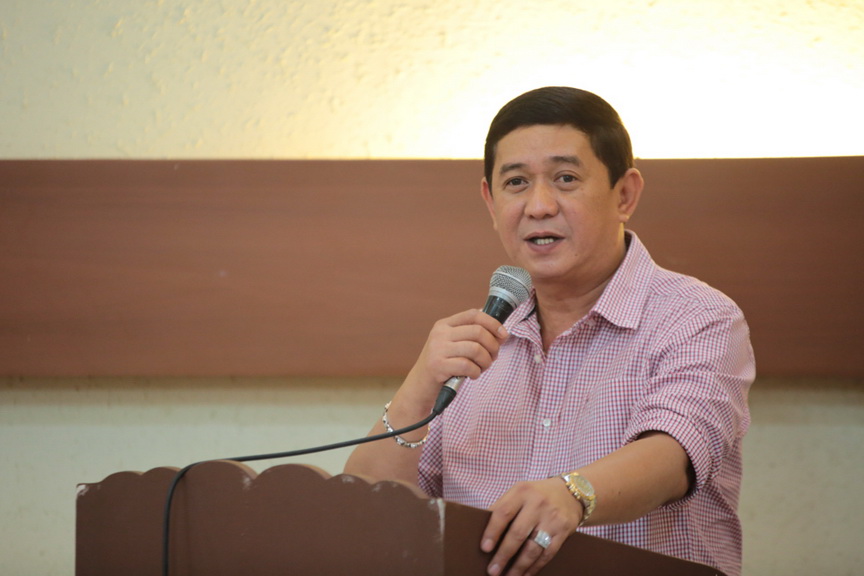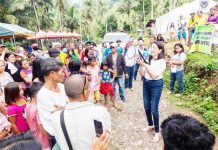In a continuous and serious bid to provide long-term solutions to poverty and insurgency, Davao Oriental Governor Nelson Dayanghirang localized Executive Order 70 of President Rodrigo Duterte by conducting immersions in the villages of the province.

In an interview on Saturday, Karen Lou Deloso, Davao Oriental Information officer, said the governor wanted the program to reach and be felt in all 183 barangays of the province.
“He is also active in his community engagement to convince rebels to surrender. He created various strategies in support to peace and order which became a template to other LGUs (local government units),” Deloso added.
She said the province sustained the operation of the country’s first halfway house as well as the implementation of Enhanced Comprehensive Local Integration Program (E-CLIP) program for rebel returnees.
The localization of EO 70, Deloso said, piloted in Barangay Taocanga, Manay, Davao Oriental, has rolled out to Barangay Marayag, Lupon, Davao Oriental.
Barangay Marayag is one of the biggest villages of Lupon with a history of Communist Party of the Philippines- New People’s Army-National Democratic Front (CPP-NPA-NDF) influence.
During the two-day immersion activity, the Provincial Task Force on Ending Local Communist Insurgency (PTF-ELCAC) composed of 12 clusters was able to converse with the locals and diagnose their community’s needs through a Comprehensive Needs Analysis.
Deloso bared that the activity gave the task force a concrete and realistic guide on the interventions needed by the community.
“Our strategies are localized peace talk with the families so that the message will go down quickly. We will also strategize through community immersion and sectoral dialogue.
What is really important is the participation of our people, and this is empowering them and gaining mutual respect,” said Ednar Dayanghirang, vice chair of PTF-ELCAC.
Deloso added that the immersion resulted in the identification of the needs of the barangay which include: water system, employment, livelihood, education, activity centers for the schools, land tenure security, tribal hall for the indigenous people, and sanitation, among others.
“Those needs that can be accommodated by the barangay will be addressed by the barangay. Needs that require bigger attention and budget will be referred to the local government and to the province.
This way, we inculcate a sense of belongingness to the measures that will be undertaken to find solutions to the problems, of which everybody must be a part of the solution,” Dayanghirang explained. (PNA)






